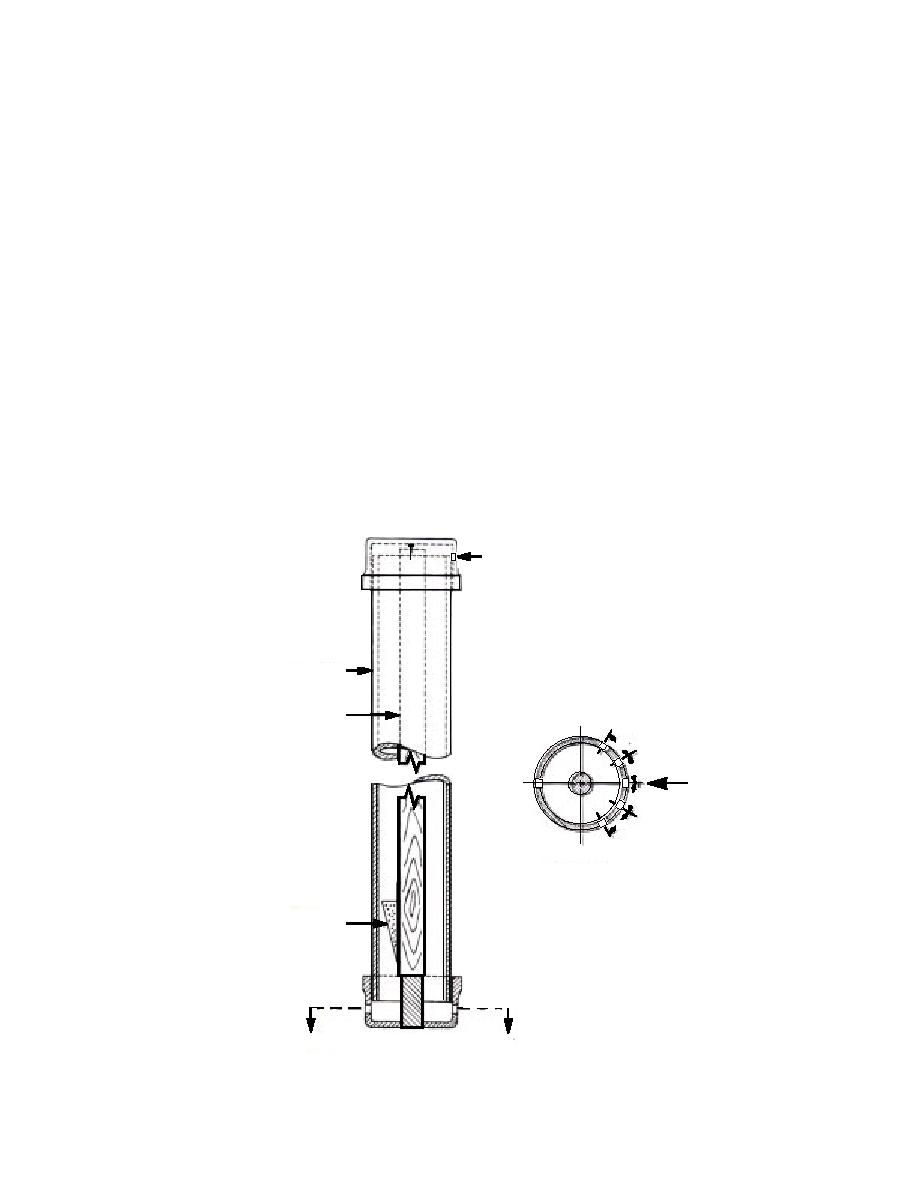
channels) and the whole cycle would start over
could likely wait until after the entire event has
again.
been recorded. For random or regular querying
Signal processing requires a fairly robust sys-
of stage, however, some modifications would be
tem to process and continuously update values,
required. An instantaneous value of stage could
and a fairly decent signal-processing algorithm
be substantially in error if waves, ice, or debris
needs to be developed to account for false values
happen to be passing through the radar scan at
(e.g. if a bird or large debris passed through the
that particular moment. Assuming the device is
radar beam). The unit used by Yankielun and
connected to a DCP, a stage value will be queried
Ferrick was composed of individual components,
at the given time interval for the gage (generally
which is adequate for research instruments, but a
every 15 minutes to four hours). A typical proce-
field unit would need to be more compact and self-
dure would be to sample stage for the period of
contained. The unit would need careful siting to
time necessary for adequate accuracy, processing
operate within its operating parameters.
the data, time-averaging the stage values, and
There are occasions when only the peak stage
transmitting the computed value. This would re-
associated with an ice jam event is desired at a
quire the radar to be "told" ahead of time when to
remote location. The USGS frequently uses crest-
sample, which may be difficult if the DCP is in a
random report mode. Another option would be
stage gages (Rantz et al. 1982a) in flood flow fre-
quency studies to record maximum peak stages
to sample stage continuously between DCP que-
in known jam locations. These gages (Fig. 12) con-
ries, processing stage data and continuously up-
sist of a galvanized pipe with holes drilled near
dating the time-averaged stage. The average stage
the bottom that is installed in the streambed. A
and maximum and minimum stage could then be
transmitted (provided the DCP has enough free
graduated rod or staff is placed within the pipe at
3/16-in. Vent Hole
2-in. Pipe
1/4-in. Intake
3/4-in. by 1/2-in.
Holes
Measuring Stick
30
Flow
30
30
30
Section A - A
Perforated Tin Cup
For Regranulated
Cork
A
A
Figure 12. USGS crest stage used to measure peak stage (after Rantz et al. 1982).
20



 Previous Page
Previous Page
